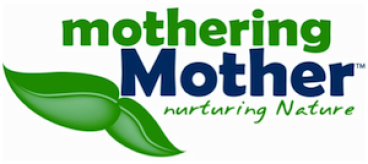In May I embarked on a new fast for me. It was a shower fast!
Does that sound crazy, anti-social, unhealthy?! Perhaps it is all of the above. But I decided to try out life without the process of showering. I had been noticing for some time how dry I was after showering. Even when I eliminated soap (see Tips) I would come out of the shower feeling tight, feeling as though my skin had shrunk on my body. Then I would start the moisturizing process! So I wanted to see what would happen if I changed this vicious cycle.
Well, almost 5 months later I have managed to maintain my personal relationships! Each day, depending on the amount of time available, I have a brief "sponge bath". Sometimes it starts with a dry brush, sometimes it is followed with light oiling, and the hair is washed when necessary. All gels and mousses have been replaced with a salt water rinse.
I am writing about this because it has been such a success! No more tight skin, no dryness, less water consumption, less gas consumption (to heat the water) and a pleasurable knowing that all of this is the result of a simple change in habit. Simple living can bring benefits beyond the obvious. How long will I "fast"? Until nature calls me back to the shower.
Examine your own life, your own habits and expose yourself to increased awareness by retreating from an aspect of your routine and venturing to a new place in your day! In your life!
Namaste,
Sydney

